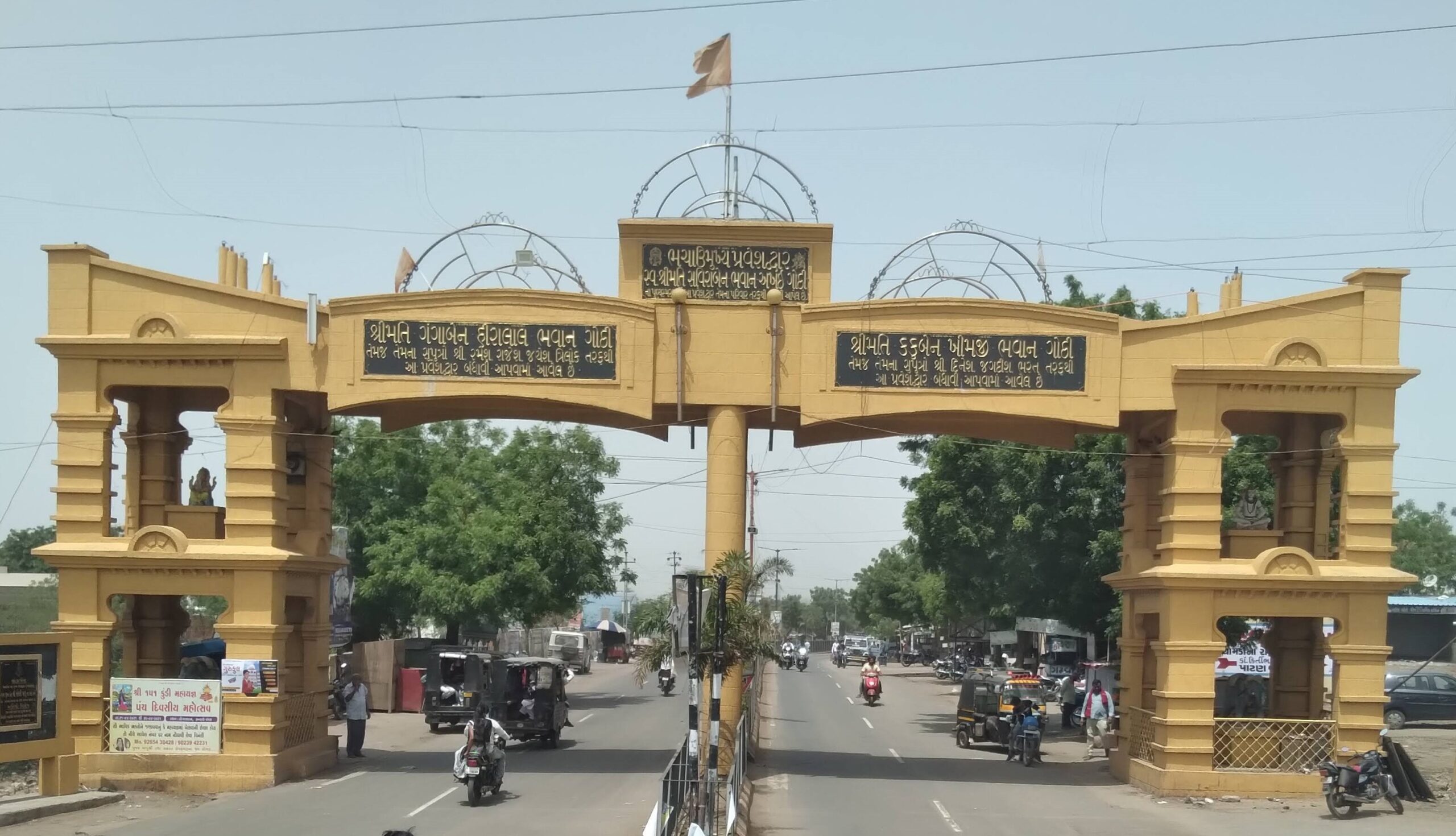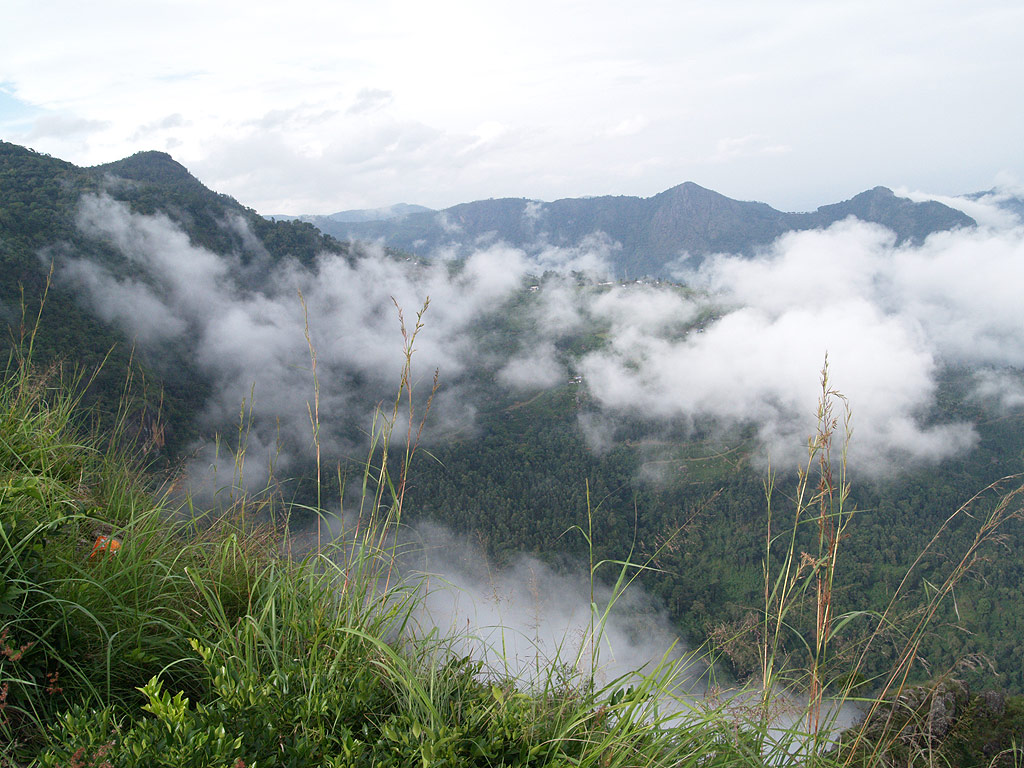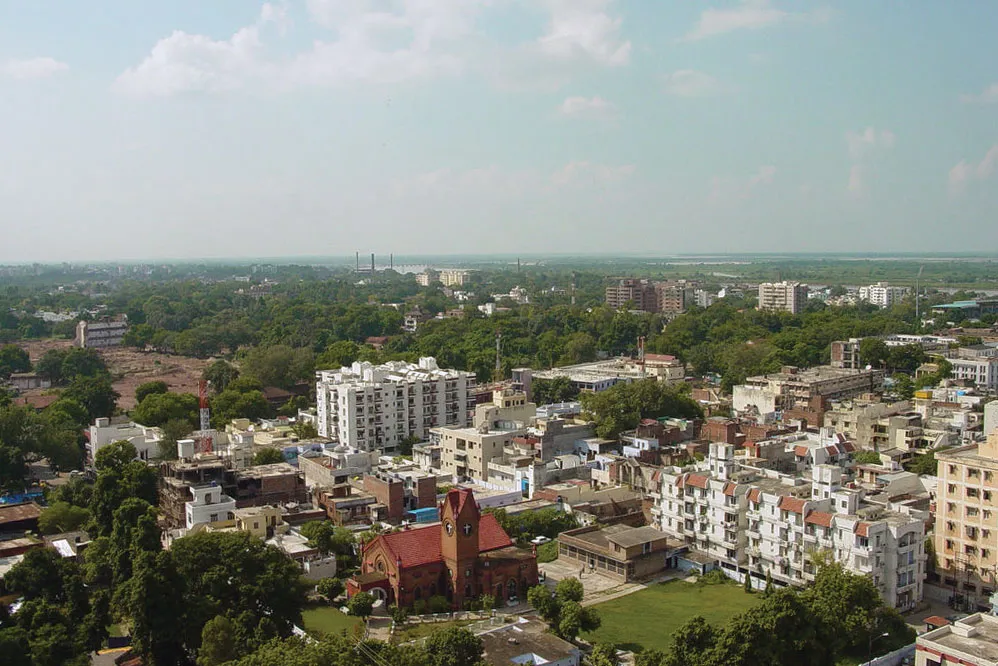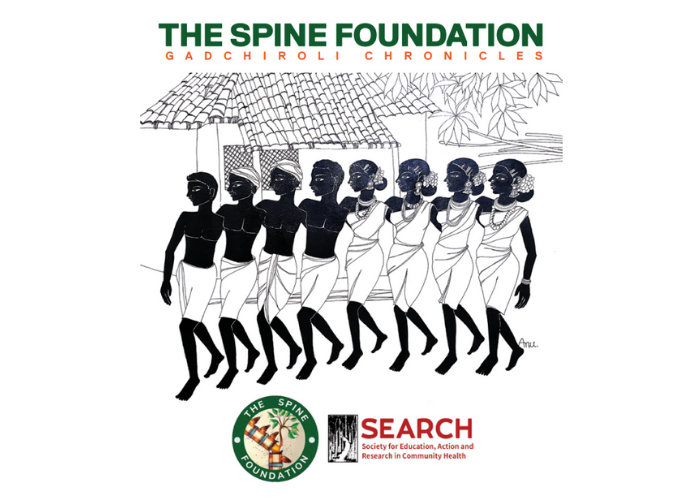What Happens If A Spine Condition Is Left Untreated?

Back pain is one of the most common health complaints in India, especially among rural and working-class populations. While many dismiss it as “normal” or due to physical labor, back pain can often be a symptom of a deeper spinal issue — such as disc herniation, spinal tuberculosis, degenerative disc disease, or nerve compression.
Unfortunately, many spine conditions in India — especially in rural areas — go undiagnosed and untreated for months or even years. This neglect can lead to chronic pain, disability, and irreversible complications that affect not just the individual, but also the family and community they support.
In this blog, we explore what really happens if a spine condition is left untreated, based on medical research, clinical insights, and on-ground experience from The Spine Foundation’s work across rural India.
1. Pain Becomes Chronic
Understanding the Transition from Acute to Chronic Pain
When you first experience back or neck pain, it may be due to muscle strain, posture, or minor disc irritation. But when spine conditions like:
- Herniated discs
- Degenerative disc disease
- Spinal canal narrowing (stenosis)
- Infections like spinal tuberculosis
are left untreated, the pain that initially comes and goes can become chronic.
Chronic pain is defined as pain lasting more than 3 months. It alters how the brain processes pain signals and can become harder to treat even if the original spinal issue is later resolved.
Impact:
- Constant discomfort while walking, sitting, or sleeping
- Dependence on painkillers (NSAIDs, opioids)
- Reduced mobility and quality of life
2. Nerve Damage Can Become Permanent
Many spine conditions compress or irritate the spinal nerves. For example:
- A slipped disc pressing on the sciatic nerve causes leg pain (sciatica)
- Spinal stenosis narrows the space for nerves, leading to numbness and tingling
- Spondylolisthesis or vertebral displacement may compress the spinal cord
If the pressure on these nerves isn’t relieved in time, it can cause permanent nerve damage.
Symptoms of Worsening Nerve Compression:
- Weakness in arms or legs
- Numbness or loss of sensation
- Burning pain that doesn’t go away
- Loss of coordination
Consequences:
- Loss of motor function
- Partial or complete paralysis
- Irreversible sensory loss
3. Loss of Bowel and Bladder Control
This is one of the most serious complications of untreated spinal conditions.
If the cauda equina nerves at the lower end of the spinal cord are compressed (known as Cauda Equina Syndrome), it can result in:
- Inability to control urine or stool
- Retention or incontinence
- Numbness in the groin or inner thighs (saddle anesthesia)
- Weakness or paralysis of legs
This is a surgical emergency — delay can lead to permanent incontinence and disability.
4. Deformities and Postural Changes
Untreated spine conditions — especially spinal tuberculosis, congenital deformities, or severe osteoporosis — can result in visible deformities like:
- Hunchback (Kyphosis)
- Sideways curvature (Scoliosis)
- Collapsed vertebrae or height loss
These deformities are not only cosmetic. They also:
- Affect lung function (due to chest compression)
- Cause balance problems
- Lead to further degeneration of the spine
Common in Rural India:
In regions like Gadchiroli and Nandurbar, The Spine Foundation has documented advanced spinal deformities in rural and tribal women who never sought early care for back pain caused by spinal TB or fractures.
5. Dependency and Disability
When spine conditions advance unchecked, individuals lose the ability to perform basic tasks:
- Walking independently
- Carrying out household or farm work
- Caring for children or elderly family members
- Earning a living
This leads to:
- Financial hardship
- Emotional distress
- Increased burden on caregivers
- Social isolation
According to a WHO estimate, back pain is the leading cause of disability worldwide — yet it remains severely underdiagnosed in India’s rural communities.
6. Psychological Impact: Depression and Anxiety
Chronic pain and immobility are closely linked to mental health disorders, especially:
- Depression
- Anxiety
- Sleep disturbances
- Social withdrawal
This becomes a vicious cycle: the more pain and disability a person has, the more isolated and distressed they feel — and the harder it becomes to seek help or recover.
Rural Insight:
Mental health resources are scarce in rural India, and chronic spine issues are rarely seen as contributors to psychological distress. However, field workers at The Spine Foundation have reported increased signs of emotional fatigue among long-term spine patients.
7. Loss of Livelihood — Especially Among Rural Women and Workers
In rural India, back pain is often seen as a minor issue — until the person can no longer work.
For example:
- A farmer who can’t bend, walk or lift crops
- A woman unable to fetch water or cook
- A laborer who can’t carry bricks or cement
Untreated spine conditions can push families into poverty — especially if the affected person is the primary caregiver or income earner.
8. Risk of Spinal Tuberculosis Complications
Spinal TB (Pott’s disease) is still common in India, especially in low-income, overcrowded settings.
If untreated, it can lead to:
- Destruction of spinal vertebrae
- Formation of pus (abscess)
- Deformity and paralysis
- Spread of TB to lungs or other organs
TB of the spine progresses slowly and painlessly at first — leading to delayed diagnosis.
The Spine Foundation’s Experience:
Field diagnosis of spinal TB has helped prevent paralysis in multiple patients in tribal regions who were previously unaware that TB can affect the spine.
9. Increased Surgical Complexity and Costs
Spine surgery is always considered a last resort. However, delaying intervention often means:
- The condition worsens and surgery becomes inevitable
- Surgery becomes more complicated and risky
- Recovery is slower and less complete
- Long-term rehabilitation becomes more expensive
Early care with physiotherapy, medication, and posture correction is usually enough for mild to moderate spine issues. Delay forces a shift to costly and invasive procedures.
10. Missed Opportunities for Early Recovery
The earlier a spinal condition is diagnosed:
- The simpler the treatment
- The faster the recovery
- The better the outcomes
Waiting months or years reduces treatment effectiveness. Some nerve damage, once done, cannot be reversed.
At The Spine Foundation, thousands of patients have shown full recovery when diagnosed and treated early with medication, exercises, or minimally invasive surgery.
Why Do People Delay Spine Treatment?
Especially in rural India, delays happen due to:
- Lack of awareness that back pain can be serious
- Fear of surgery or hospitals
- Travel distance to healthcare centers
- Dependence on traditional or local healers
- Lack of diagnostic facilities (X-ray, MRI) in villages
- Cultural barriers, especially among women
How The Spine Foundation Helps Prevent These Outcomes
To stop spine conditions from progressing to severe stages, The Spine Foundation has implemented a three-tier model:
1. Early Detection at Village Level
- Free spine camps
- Use of trained rural health workers to identify red flags
- Basic clinical assessment for posture, gait, and pain location
2. Accessible Physiotherapy and Advice
- Mobile physiotherapy vans in tribal districts
- Exercise routines for back strength and flexibility
- Posture correction and safe lifting training
3. Low-Cost Surgical Care for Severe Cases
- Referral to rural hospitals for affordable surgery
- Follow-up care and rehabilitation in the community
- Focus on mobility, dignity, and reintegration into daily life
What Can You Do?
Whether you’re an individual, policymaker, or healthcare provider, here’s how you can help prevent untreated spine conditions from turning into disabilities:
For Individuals:
- Don’t ignore persistent back or neck pain
- Seek medical evaluation if pain spreads to legs, causes weakness, or lasts more than 4 weeks
- Do not rely solely on traditional remedies or home treatments
For NGOs and Community Workers:
- Educate villagers on spine health basics
- Encourage early reporting of back problems
- Connect patients with physiotherapy and clinical support
For Government and Healthcare Systems:
- Train ASHA/ANM workers to detect spine issues
- Integrate spine screening into primary care
- Expand physiotherapy access at the PHC/CHC level
- Fund rural health programs focusing on non-communicable conditions like spine diseases
Conclusion
Back pain is not just an inconvenience — it could be the first sign of a serious spine condition. Left untreated, these conditions can rob people of mobility, dignity, and livelihood. In rural India, where healthcare access is limited and awareness is low, the consequences are even more severe.
By identifying symptoms early, spreading awareness, and providing accessible care, we can prevent thousands from slipping into avoidable disability.
At The Spine Foundation, every diagnosis, every camp, and every surgery is a step toward a future where no one suffers in silence from an untreated spine condition.







 Purulia (West Bengal): 27 Nov - 30 Nov 2025
Purulia (West Bengal): 27 Nov - 30 Nov 2025
 Bhachau (Gujarat): 04 Dec - 07 Dec 2025
Bhachau (Gujarat): 04 Dec - 07 Dec 2025
 Gadalur (Tamil Nadu) Feasibility Visit : 10 Dec - 11 Dec 2025
Gadalur (Tamil Nadu) Feasibility Visit : 10 Dec - 11 Dec 2025
 Kanpur (Uttar Pradesh) Feasibility Visit : 12 Dec - 14 Dec 2025
Kanpur (Uttar Pradesh) Feasibility Visit : 12 Dec - 14 Dec 2025
 Jalgaon (Maharashtra) : 11 Dec - 14 Dec 2025
Jalgaon (Maharashtra) : 11 Dec - 14 Dec 2025
 Silchar (Assam) : 18 Dec - 21 Dec 2025
Silchar (Assam) : 18 Dec - 21 Dec 2025
 Kankavli (Maharashtra) : 19 Dec - 21 Dec 2025
Kankavli (Maharashtra) : 19 Dec - 21 Dec 2025

